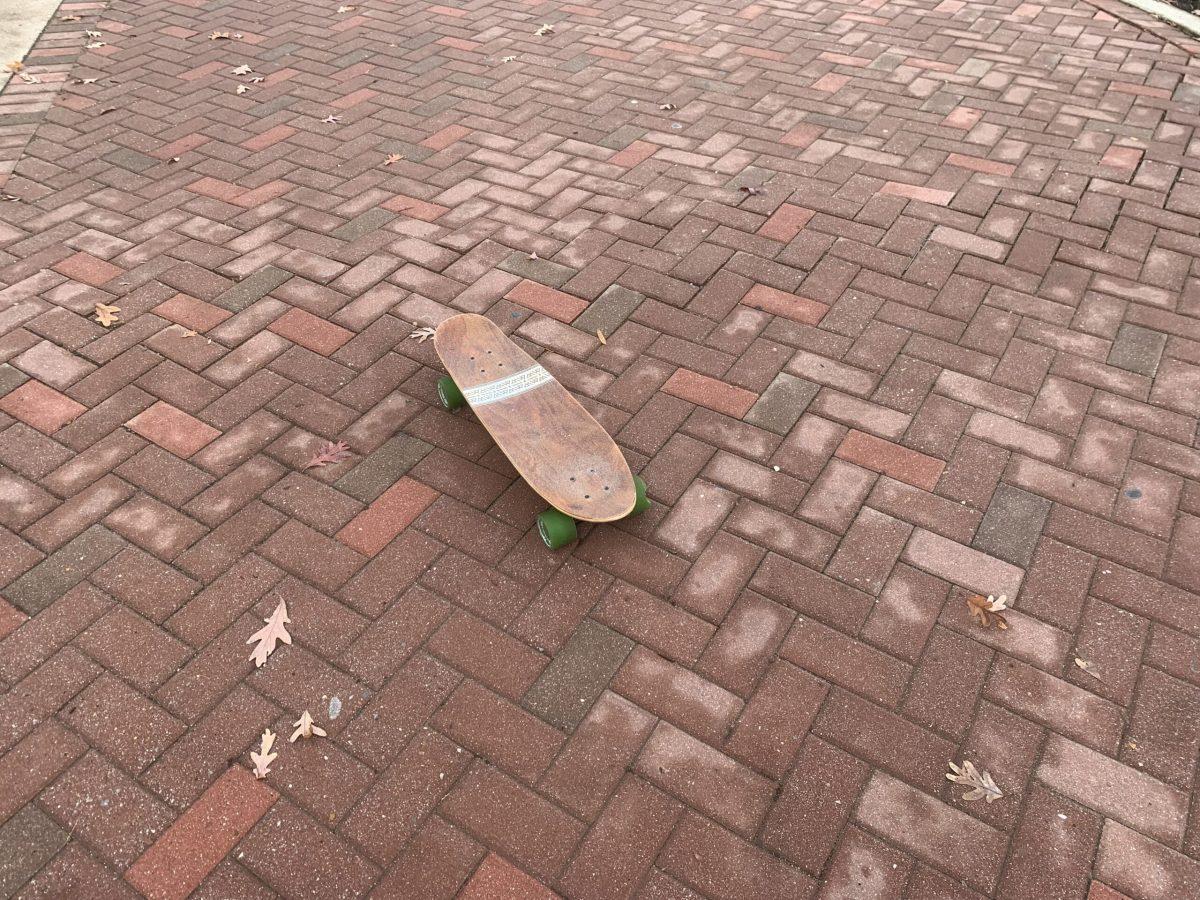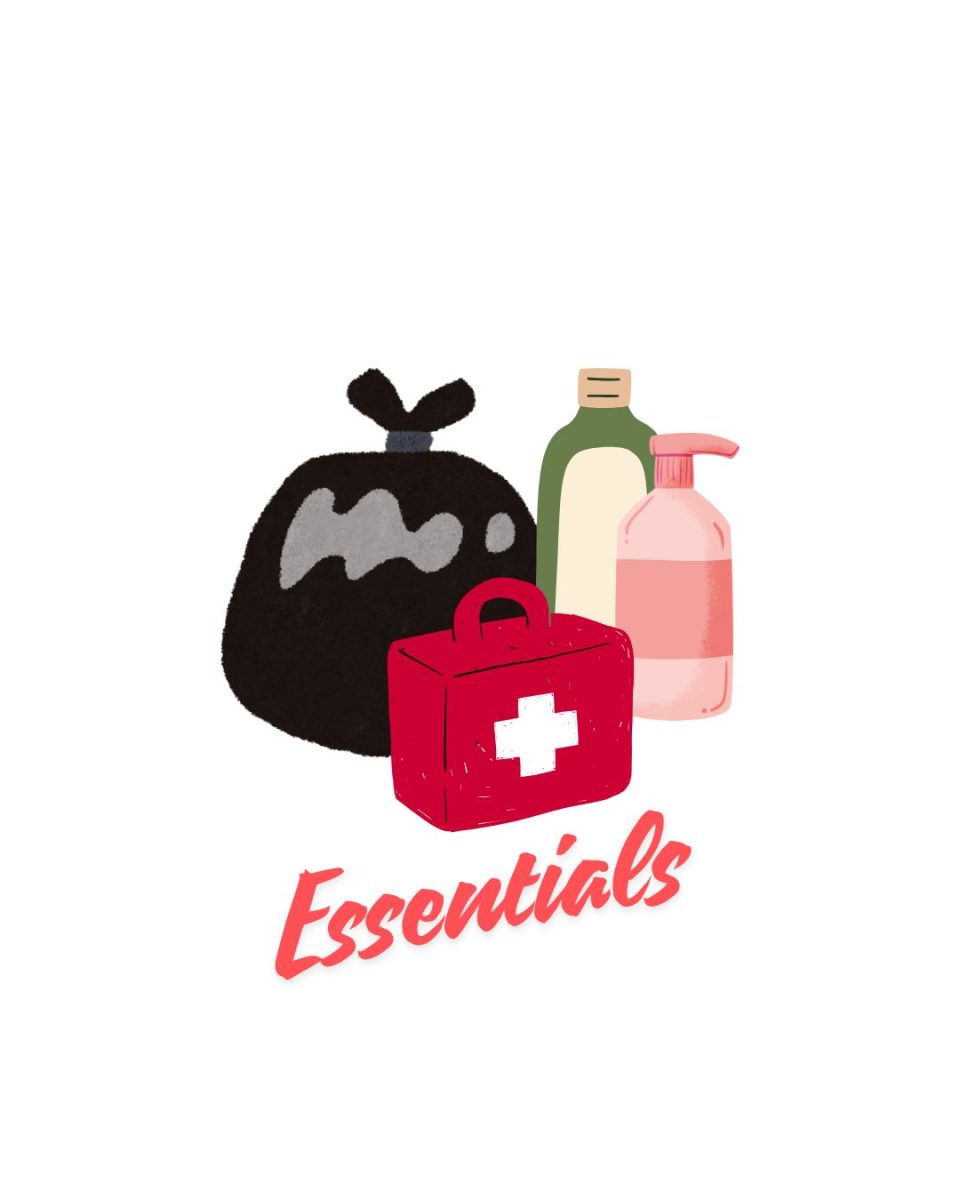I had my headphones in listening to music as I was skating back to my apartment. I was at Holly Pointe Commons and the walkway was empty, so I decided to move a bit faster. As I gained speed and headed downhill, I hit a crossroads. Either go straight or turn right.
I knew that if I headed right, I had a high chance of hitting a person I couldn’t see due to several trees in the way. There was also a small, narrow bridge that I had to worry about. I decided to head straight so I could see the students in front of me and have a lower chance of crashing into someone.
As I caught speed, my skateboard started to shake. I didn’t think much about it as this had happened before. I thought I was in control. But within a second, I was flying through the air. I tried to catch myself but was unsuccessful. I began to tumble to the ground until I was luckily stopped by the help of bystanders.
As I stood up and looked at my legs, there was blood soaking through my pants. I was covered in dirt and blood — and in pain. I felt pain in both my elbows, knees, left ankle and right hip. I returned to my apartment to find four new cuts that are still healing, two weeks after the accident.
When I had gotten up and cleaned myself off, I found my board in the middle of a pothole. The pothole was massive, but I couldn’t see it as fallen leaves completely hid it from view.
I am not the only person that has been fooled by this pothole. I’ve talked to many students and a lot of them avoid going down the trail through Holly or choose to walk instead of riding their bikes or skateboards. One student emphasized that he hated going down the Holly path.
This is not the only place that an accident like this can happen on campus. Skating around campus, there are many potholes, cracks and hazards that must be avoided. This is a problem as Rowan has a large student population that rides skateboards, bikes and scooters. This can also affect people who use wheelchairs or mobility aids as these obstacles make it hard for them to get to their location.
Rowan spends a lot of money on new buildings and programs — which is great and something that they should be proud of. But they should also spend money on taking care of the campus and fixing problems they have.
There are many times when I am riding that my board is stopped or derailed because of a crack that I did not see. Leaving sidewalks and walkways littered with cracks and holes is not just dangerous for people riding around campus, but it is also dangerous for the people walking through it — specifically people who use wheelchairs and mobility aids, as well as professors and students who wear heels.
One way that skaters can make their trips around campus safer is by investing in bigger wheels for their boards. The bigger wheels help go over cracks and bumps while softer wheels exist as a good alternative to skate over cracks.
I was lucky as I was tumbling and rolling on the ground where not many people were in the area. If there were, I could have hurt a lot of people that were walking by.
There are also not many places where people can ride on campus. Because of traffic and because it is not safe to ride on severely-damaged sidewalks, many ride on the road. This is not ideal since people skating, biking and scootering must share the road with cars.
Another alternative that Rowan can do is make a specific bike lane for people to skate or ride on. There are a few bike lanes on campus, but many people still walk in these spaces. The bike lanes themselves are very narrow, so having multiple riders on it is difficult and can be dangerous.
Fixing sidewalks and walkways may take time and cause inconveniences for students trying to get to class. But in the long term, it can keep students safe from hurting themselves — or others.
For comments/questions about this story, email [email protected] or tweet @TheWhitOnline





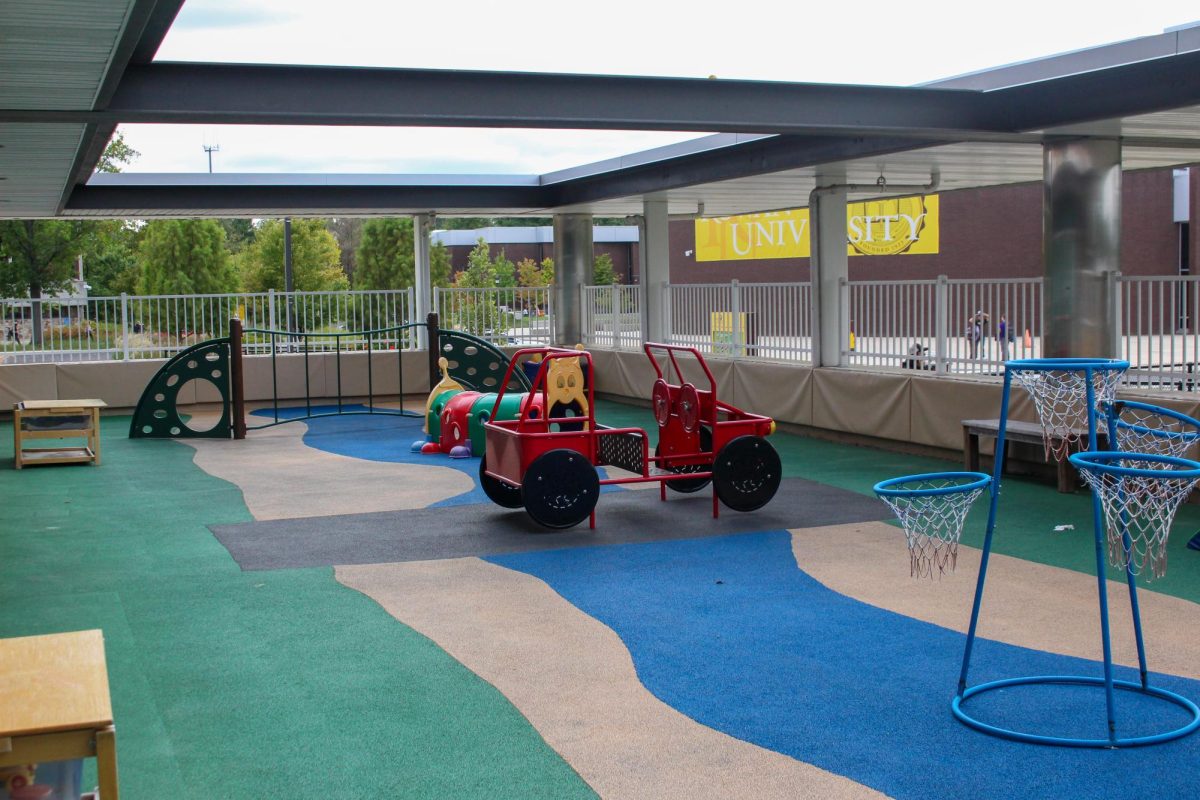

















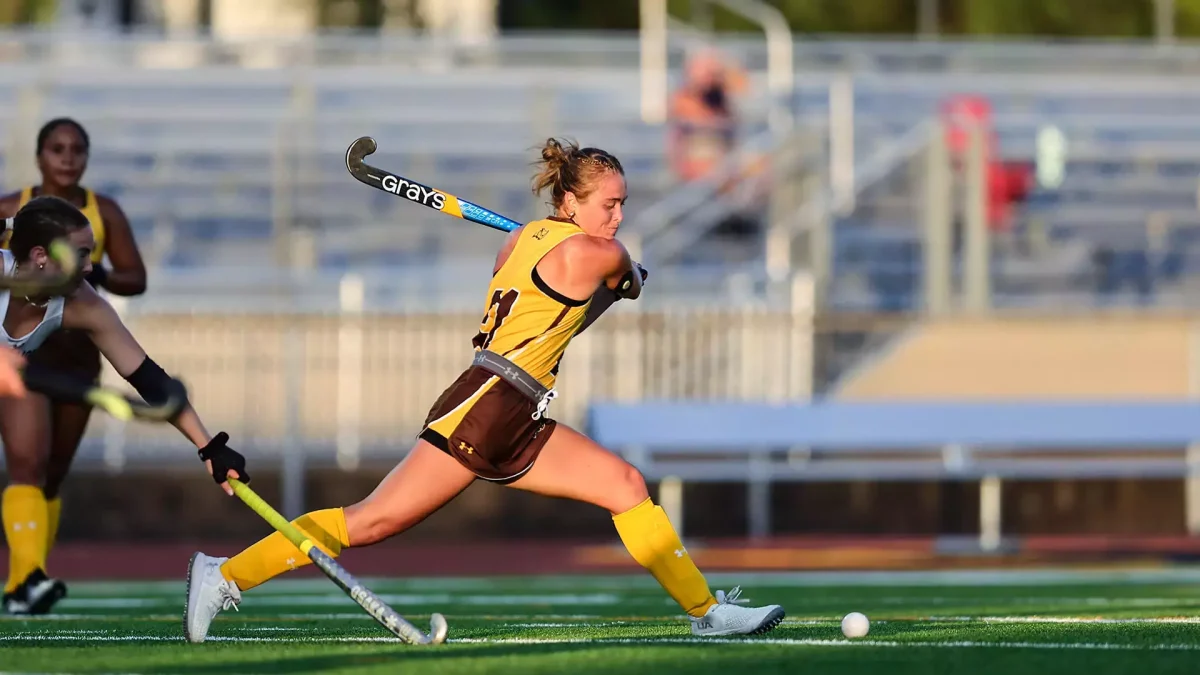








































































































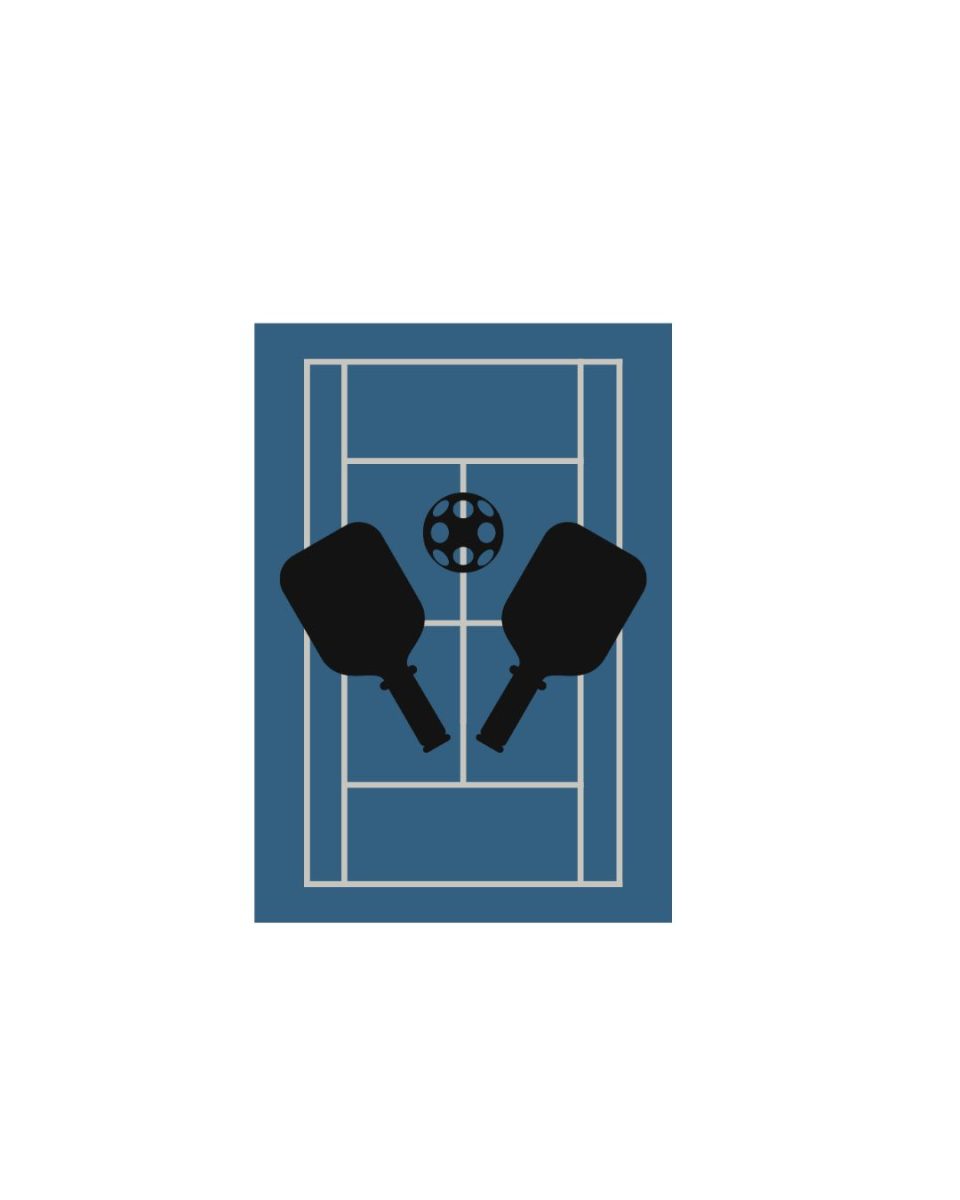
























!["Working with [Dr. Lynch] is always a learning experience for me. She is a treasure,” said Thomas. - Staff Writer / Kacie Scibilia](https://thewhitonline.com/wp-content/uploads/2025/04/choir-1-1200x694.jpg)








































